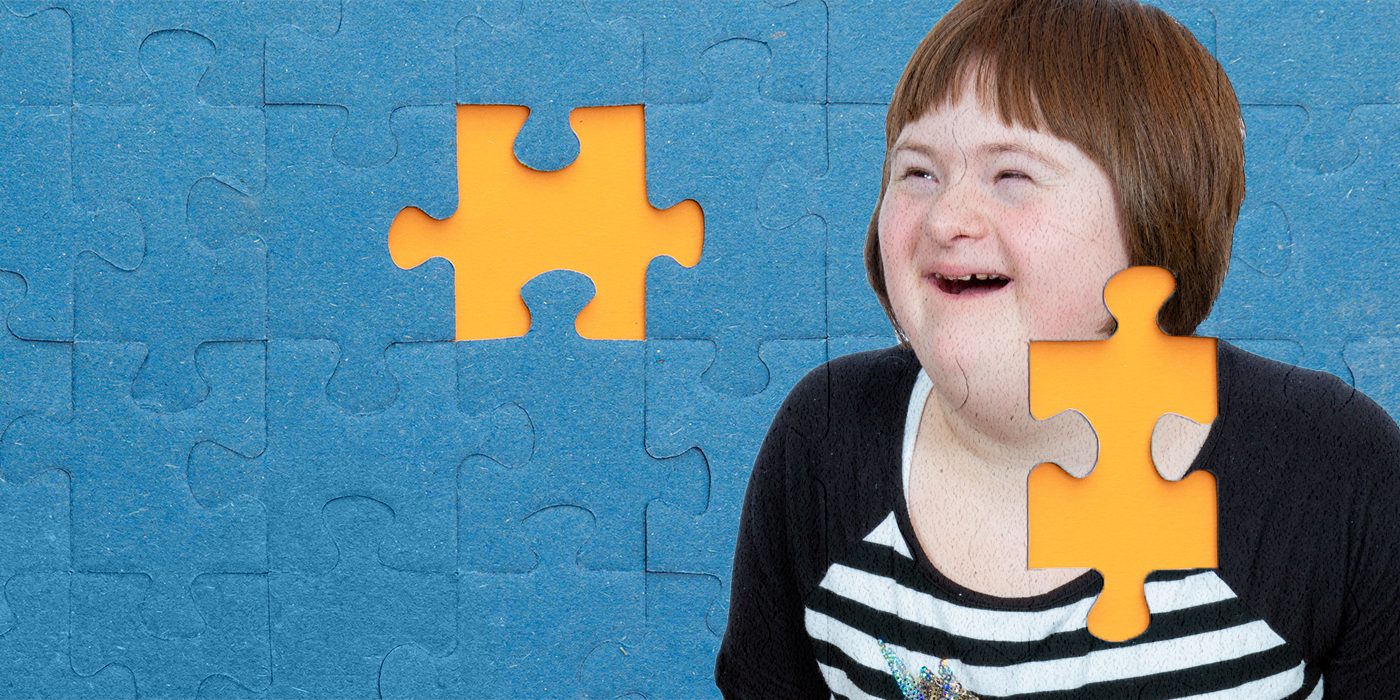Comprehending the Spectrum: A Comprehensive Guide to Autism Awareness
Wiki Article
Checking Out Autism: Methods for Effective Interaction and Interaction
Efficient communication and communication with individuals on the autism spectrum require a thorough understanding of their unique demands and choices. Methods such as employing clear language, using visual supports, and promoting constant routines can significantly boost interaction and decrease anxiousness. Recognizing the significance of non-verbal cues and shared interests paves the means for purposeful links. The ins and outs of these techniques reveal more considerations that merit expedition, particularly in just how they can be adapted to varied contexts and individual experiences. What might these adaptations appear like in technique?Comprehending Autism Range Condition
Autism Range Problem (ASD) includes a variety of neurodevelopmental conditions identified by challenges in social interaction, communication, and recurring habits. The term "spectrum" mirrors the diverse symptoms and varying degrees of severity experienced by people with ASD. While some might display considerable impairments, others might present high-functioning characteristics, permitting greater self-reliance in daily life.The onset of ASD generally happens in early childhood years, with indications often identifiable by age 2. Early signs may include postponed speech growth, limited eye contact, and troubles in recognizing social signs. The specific etiology of ASD remains uncertain, research recommends a mix of environmental and hereditary variables plays an essential function in its advancement.
Individuals with ASD frequently possess distinct staminas, such as enhanced focus to detail and phenomenal memory abilities. They might struggle with recognizing abstract principles and managing modifications to regular - autism. As an outcome, treatments and assistance customized to specific needs are important for promoting communication and social abilities. Recognizing the intricacy of ASD is important for promoting understanding, acceptance, and effective approaches that assist in meaningful communications with people on the range.

Value of Clear Communication
Effective interaction is important for fostering understanding and link, especially for individuals with Autism Spectrum Problem (ASD) Clear interaction not just helps with social interactions but also enhances the individual's ability to reveal their thoughts, needs, and emotions. For people with ASD, the subtleties of language can commonly be testing; as a result, using uncomplicated and unambiguous language is crucial.Additionally, clear communication aids decrease aggravation and anxiousness that may emerge from misconceptions. When messages are conveyed in a straight and consistent way, people with ASD are better outfitted to interpret details accurately, which can dramatically improve their social involvement and involvement in numerous settings.
Establishing regimens and using aesthetic assistances can better reinforce clear interaction. These techniques give people with predictable structures that help comprehension and retention of info. In addition, actively being and paying attention client throughout communications advertises a supportive atmosphere where individuals with ASD really feel valued and recognized.
Ultimately, prioritizing clear interaction not just encourages people with ASD but also promotes even more purposeful links with their peers, caregivers, and the larger neighborhood, leading the way for joint partnerships and comprehensive interactions. - autism
Non-Verbal Communication Techniques
Communication prolongs beyond words, and for people with Autism Range Condition (ASD), non-verbal hints play a significant role in interactions. Non-verbal communication methods can include faces, motions, body movement, and eye call, every one of which offer as essential components for conveying objectives and feelings.Comprehending and analyzing these non-verbal signals can boost communications with people with ASD. A cozy smile or open stance can create a welcoming atmosphere, encouraging engagement. Utilizing aesthetic help-- such as image cards or icons-- can bridge communication gaps and aid share messages a lot more successfully.
It is likewise important to be mindful of individual area, as individuals with ASD might have various convenience levels concerning proximity. Observing their responses to physical nearness can educate suitable modifications.
:max_bytes(150000):strip_icc()/VWH-JoulesGarcia-AutismInclusionInRecreation-4000x2700-7a106beab91a45438f9590f2460ba5ea.png)
Creating Encouraging Settings
Producing a supportive environment is crucial for fostering favorable interactions and improving the well-being of individuals with Autism Range Problem (ASD) Such settings can dramatically minimize anxiety and develop a feeling of security, allowing people to reveal themselves more openly.To accomplish this, it is vital to consider sensory level of sensitivities that individuals with ASD might experience. Customizing the physical space to include soft lights, very little history sound, and comfortable seats can produce a calming atmosphere. Furthermore, utilizing consistent regimens and clear visual timetables can aid individuals prepare for shifts and reduce unpredictability, further advertising comfort.
Social areas This Site should be structured to decrease overwhelming stimuli while providing possibilities for interaction in favored tasks. Facilitating locations assigned for quiet time can additionally work as a sanctuary during minutes of stress and anxiety. Significantly, incorporating aspects of choice equips people, enabling them to work out firm in their environment.

Motivating Social Interactions
Promoting social communications among people with Autism Range Condition (ASD) requires willful strategies that focus on comfort and involvement. Developing predictable routines can assist reduce anxiousness, making social setups a lot more approachable. Creating structured environments with defined duties and roles permits people to engage without the frustrating stress of unstructured social dynamics.Including interests and staminas right into social tasks can serve as a driver for communication. Organizing group tasks around shared leisure activities or topics of fascination can help with all-natural discussions and links. Additionally, using aesthetic assistances, such as social scripts or pictorial routines, can help in recognizing social signs and expectations.
Designing ideal social habits is critical - autism. Adults and peers should demonstrate efficient interaction techniques, including energetic listening and turn-taking. Role-playing scenarios can also offer a risk-free area for people to exercise these abilities
Last but not least, cultivating peer partnerships via comprehensive practices is vital. Motivating comprehensive playdates or group outings can create opportunities for socialization in a comfy setup. By applying these caregivers, techniques and instructors can dramatically boost social interactions for individuals with see ASD, advertising their general social development and health.
Final Thought
In final thought, reliable interaction and interaction approaches are vital for supporting individuals with Autism Range Disorder. Inevitably, these techniques empower individuals with autism to navigate social landscapes, advertising their total health and enabling the development of long lasting connections.Reliable interaction and communication with people on the autism spectrum necessitate an extensive understanding of their one-of-a-kind requirements and preferences. Clear communication not only helps with social interactions however likewise improves the individual's capability to reveal their feelings, requirements, and ideas.Promoting social communications among individuals with Autism Range Condition (ASD) needs willful strategies that prioritize comfort and engagement. By executing these caregivers, methods and instructors can dramatically enhance social interactions for individuals with ASD, advertising their overall social growth and health.
In verdict, effective interaction and communication methods are vital for sustaining individuals with Autism Range Disorder.
Report this wiki page